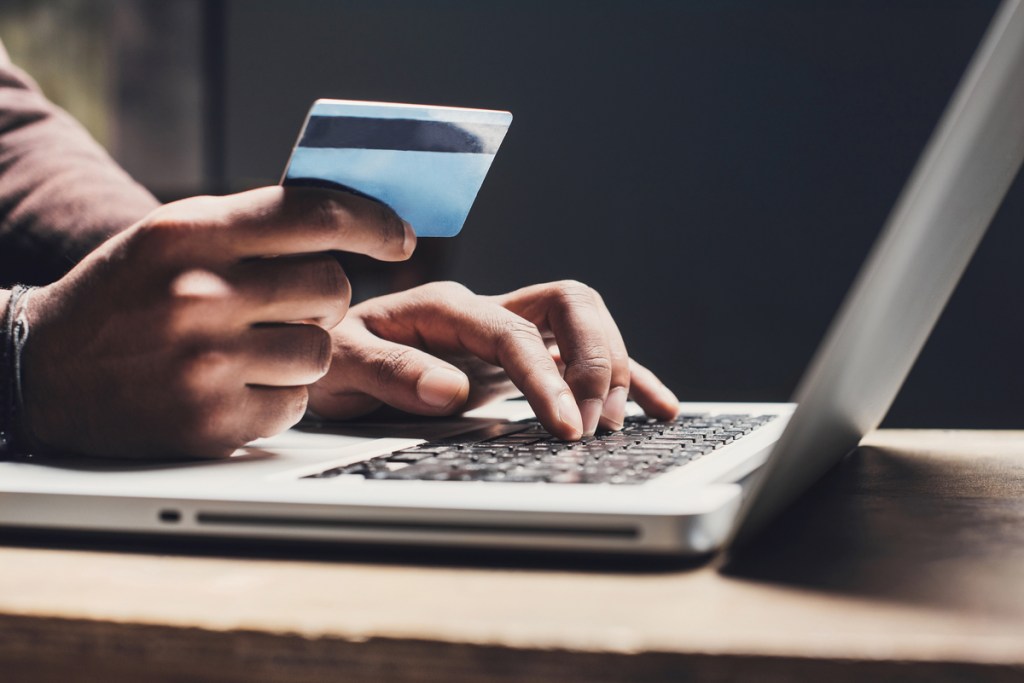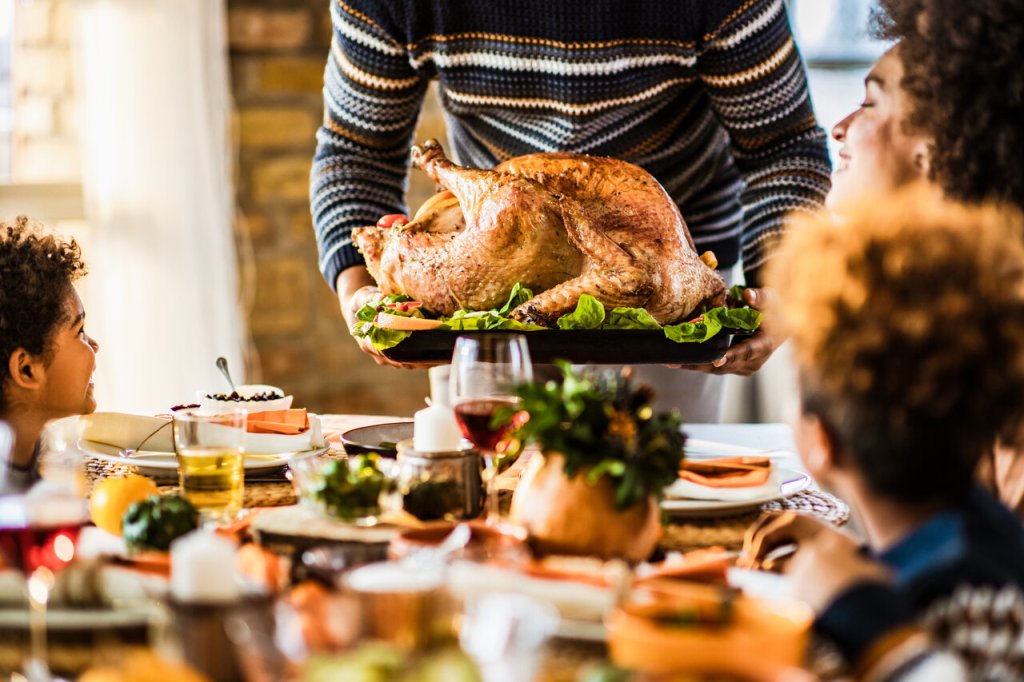Consumers showed up for Day 1 despite lighter deals and tighter purse strings
Amazon Prime Day started out strong, with 48% of Americans clicking their way to savings. The average reported spend for the majority (53%) of consumers who shopped on Tuesday was over $100 with 54% of consumers stating that they spent more than they did last year.
The data shows that most Prime Day 1 spending was planned—58% of consumers reported planning their purchases. Just 13% of consumers said they purchased products on impulse.
Amazon Prime Day 1 winners
While 56% of consumers reported they will spend more on Prime Day Deals this year, there is a notable difference in what they’re purchasing.
“This year feels a bit different, as shoppers are buying with rising prices top of mind,” said Carman Allison, NielsenIQ’s VP of Thought Leadership, North America. “Almost half of Prime Day shoppers are stocking up on everyday household items—garbage bags, laundry detergent and paper products, etc.—as they look to broaden their savings strategies.”
44% of consumers surveyed by NielsenIQ prioritized everyday essentials and purchased household products.
For the 45% of consumers who did shop for deals on electronics during Day 1, Amazon’s private label brands (products such as Amazon’s Fire TV sticks and Echo Dot smart speakers) were popular buys.
Consumers also followed through on intentions to spend heavily on beauty and personal health products. NielsenIQ data shows that 37% of consumers surveyed purchased beauty and personal care products. Discounts on premium beauty were an appealing draw (30–50% off) and were mostly dominated by luxury haircare deals. In the battle of branded versus private label products, Amazon’s own beauty was heavily promoted while traditional beauty brand deals were less visible.
“We expect Day 2 to continue to draw in consumers with the more typical Prime Day deals, such as electronics,” Allison said. “But once consumers begin shopping, they will be filling up their digital cart with essential items they buy weekly, such as food, health, beauty, and pet products.”
Digital deal competition was light on Day 1
Past Prime Days have inspired multi-retailer Black Friday-style events in July. This year, Target held its own “Deal Days,” while Walmart was missing from the deal-day holiday, having hosted its own Walmart+ event a few weeks earlier.
On Tuesday, just 30% of consumers shopped on other sites in addition to Amazon.com, with 70% shopping exclusively on Amazon.com for deals.
Physical retailers in the U.S. also found themselves in competition with Amazon on Prime Day 1: 37% of took advantage of Amazon Prime Day deals in physical Amazon Fresh store locations.




